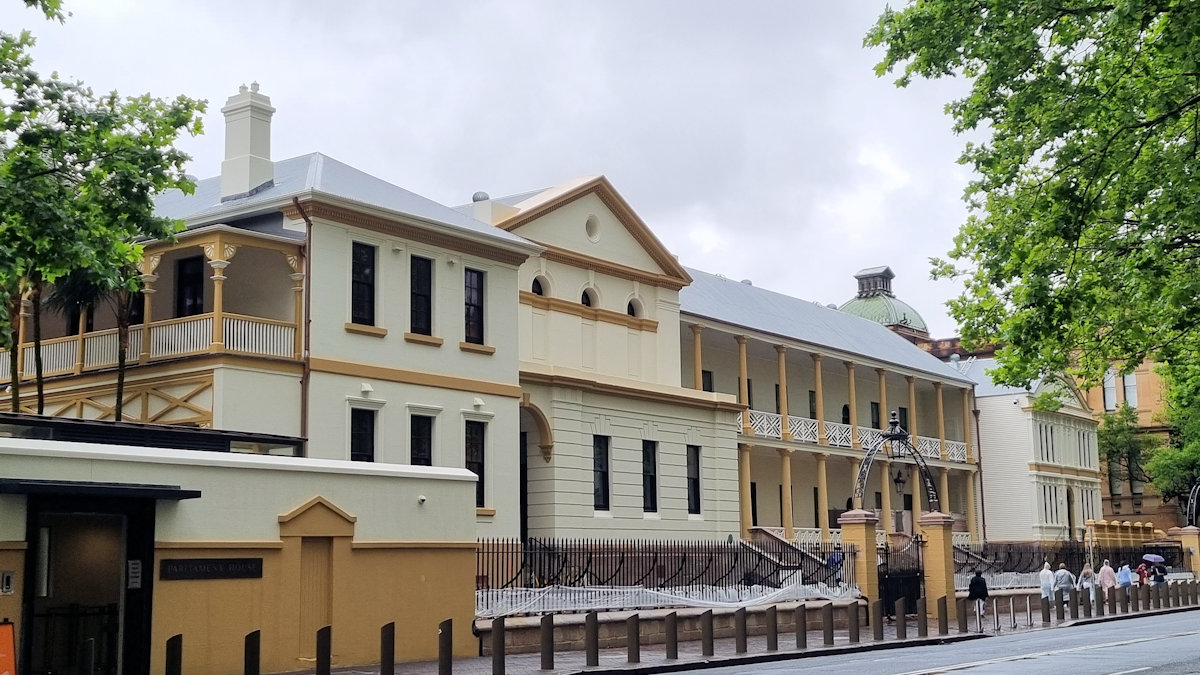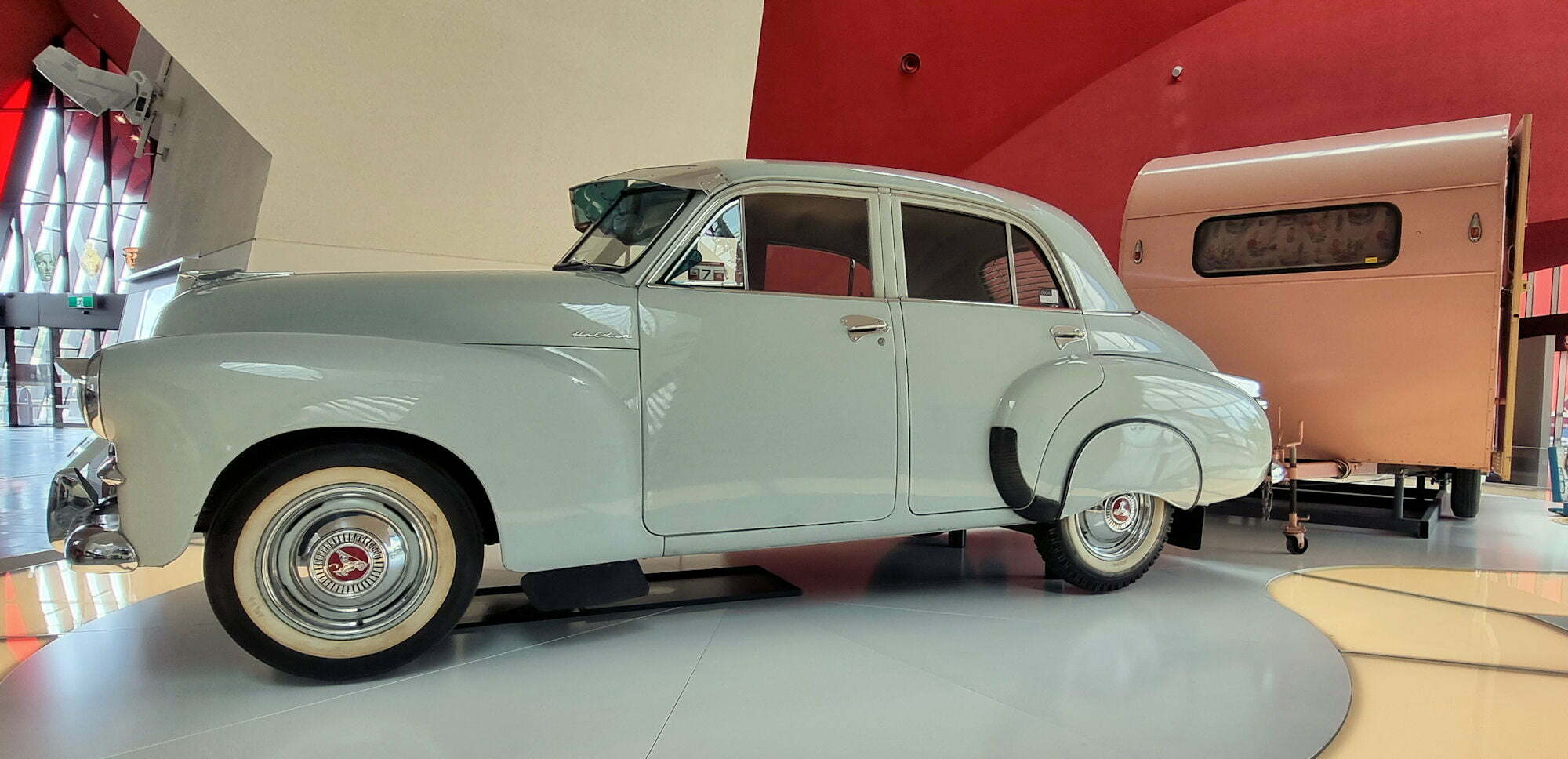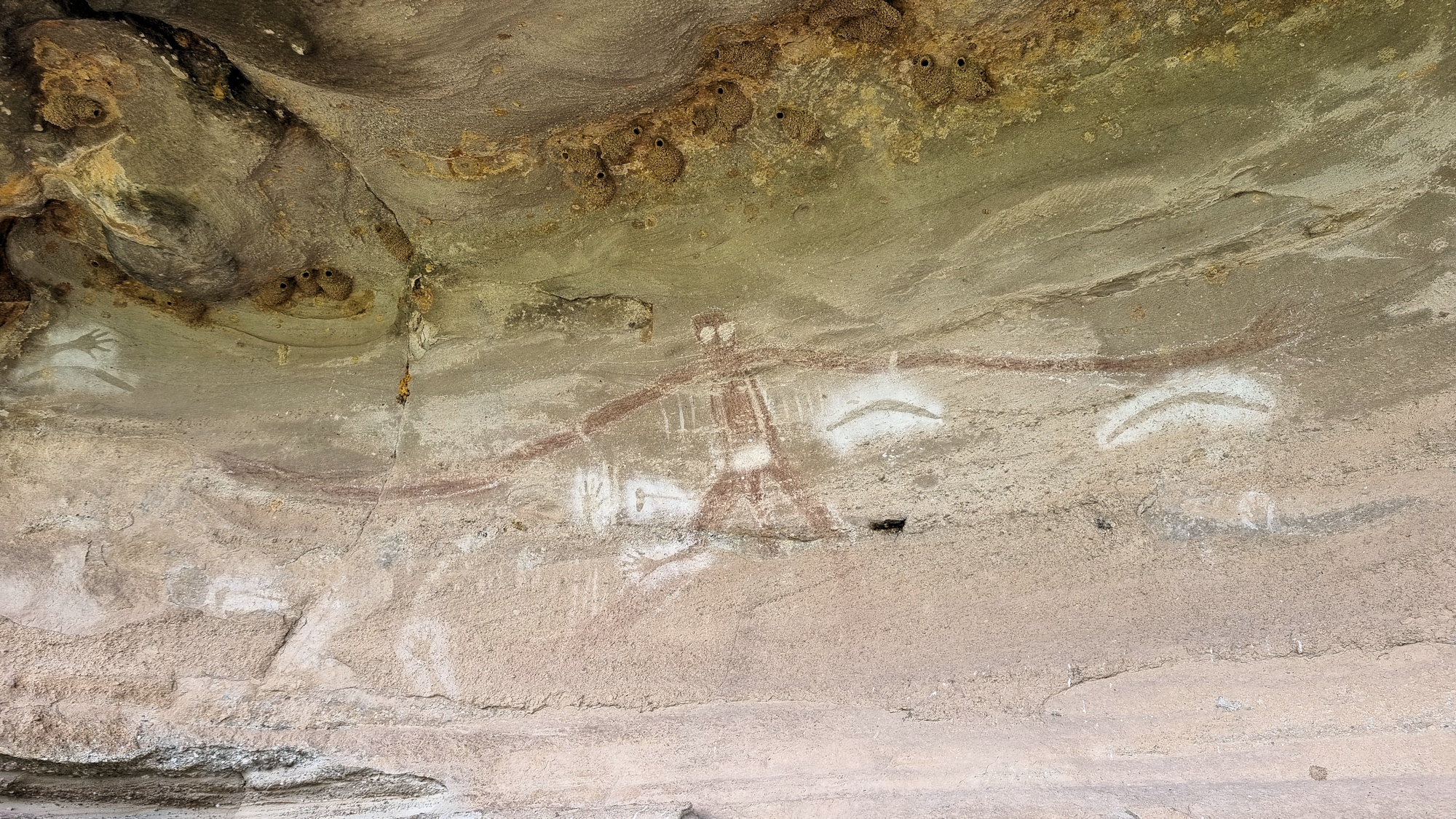Tag: Aboriginal Art
-
Parliament House New South Wales

Parliament House New South Wales Completed in 1816 Parliament House in Sydney houses the Government of the state of New South Wales Australia. Originally a hospital, the central section of the façade is a two story Georgian building. When built, no funds were available to Governor Macquarie so he arranged funding via the importation of… Read more
-
National Museum of Australia

National Museum of Australia Dedicated to preserving Australia’s social history, the National Museum of Australia contains many unique and significant artefacts. Located in Canberra on the shore of Lake Burley Griffin, its distinctive because of its architecture. Getting There We drove and used the large carpark on site, although as with most Canberra parking, there… Read more
-
Baiame Cave Milbrodale Hunter Valley

Baiame Cave Milbrodale Hunter Valley It’s amazing what you can find close to home that you didn’t know existed! It’s even on the local council website, but we somehow failed to see it. About 25 minutes down the Putty Road from Singleton, the Baiame Cave at Milbrodale contains a significant example of Aboriginal art. Significance… Read more